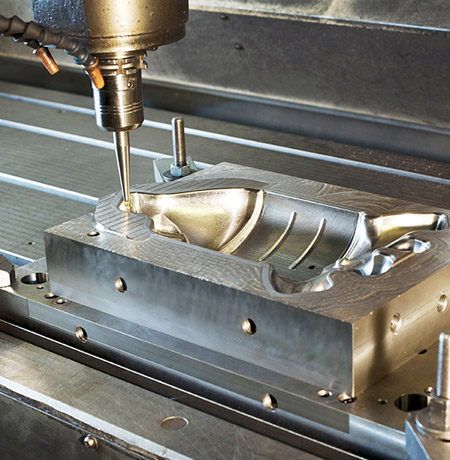Matrix and molds
Besides the size considerations previously discussed in large sized parts, nickel electroplating is a process that is especially helpful in this industry sector. The two largest deficits usually found by companies in the sector are the unmoulding problems for parts and the resulting defects, along with the moulds lifespan.
Electroless nickel helps minimize these problems, with two working lines, depending on how abrasive the product is for which the mould is used.
Matrix and molds for slightly abrasive materials:
In this case nickel teflon is the most suitable process due to its low slip rate that minimizes wear and facilitates unmoulding.
Matrix and molds for very abrasive raw materials:
If the raw material is very abrasive, the nickel teflon would be eliminated so it would not apply.
In this case conventional electroless nickel plating would be the most suitable process.
The lifespan of these moulds will be improved thanks to its high anti-corrosion power, a hardness reaching 1000 Hv, and the possibility of applying up to 400 microns thickness.
For unmoulding, nickel teflon is clearly inferior, even though there is an obvious improvement versus uncoated moulds.

